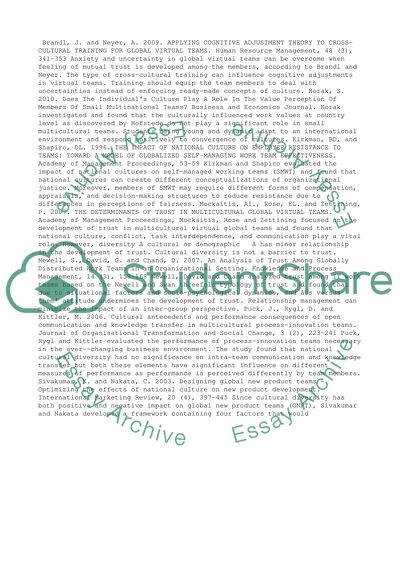Cite this document
(“Cross Cultural Communication Essay Example | Topics and Well Written Essays - 2000 words”, n.d.)
Retrieved from https://studentshare.org/business/1402642-cross-cultural-communication
Retrieved from https://studentshare.org/business/1402642-cross-cultural-communication
(Cross Cultural Communication Essay Example | Topics and Well Written Essays - 2000 Words)
https://studentshare.org/business/1402642-cross-cultural-communication.
https://studentshare.org/business/1402642-cross-cultural-communication.
“Cross Cultural Communication Essay Example | Topics and Well Written Essays - 2000 Words”, n.d. https://studentshare.org/business/1402642-cross-cultural-communication.


